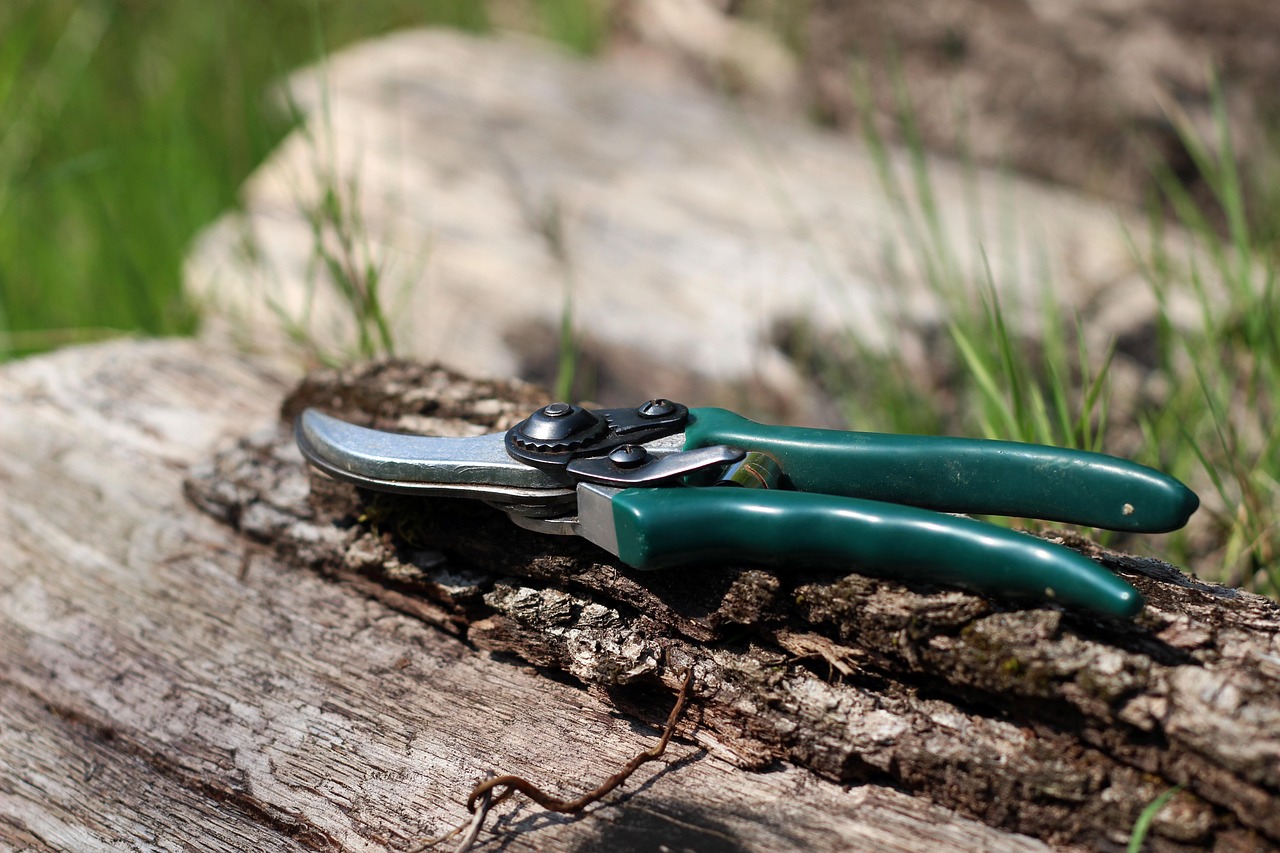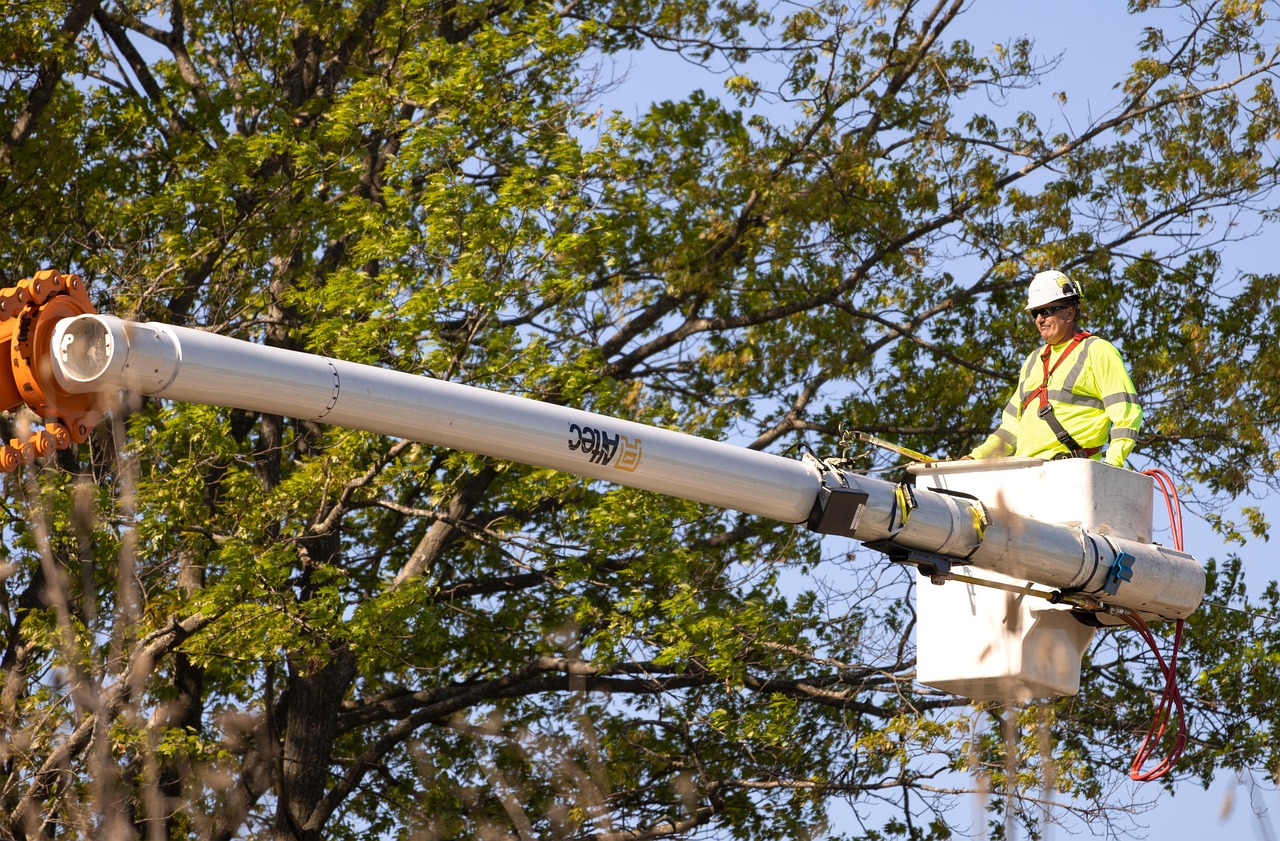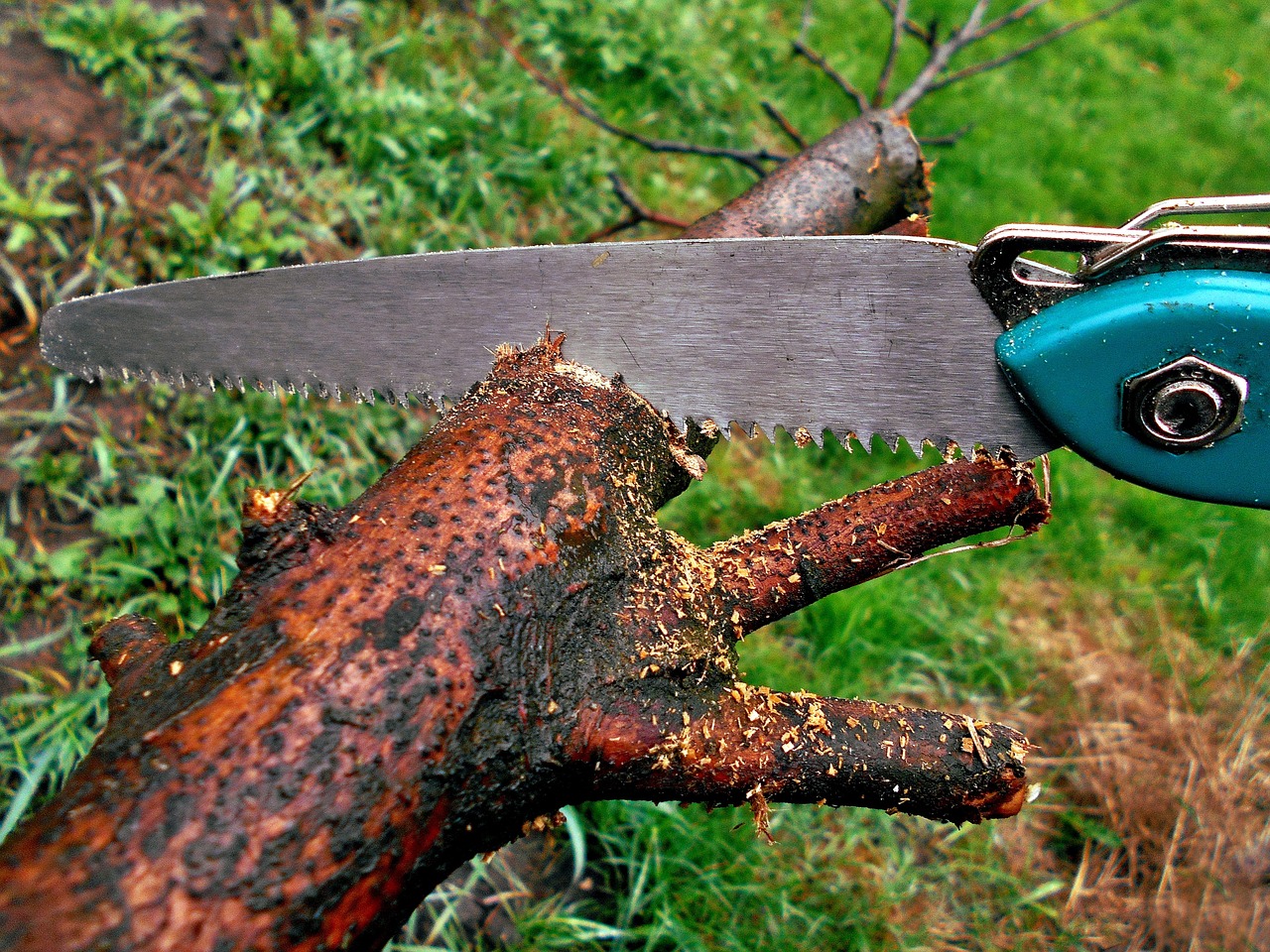To effectively prune flowering trees in spring, focus on removing dead or diseased branches, shaping the tree, and encouraging healthy growth. It’s best to prune right after the flowers fade, ensuring minimal disruption to the blooming process.
Pruning flowering trees is an essential part of maintaining their health and beauty. Spring is a crucial time for this task as it allows trees to recover quickly from pruning before the growing season fully kicks in. Many flowering trees bloom in spring, making it vital to prune them at the right time to enhance their aesthetics and promote vigorous growth.

Understanding the specific needs of different flowering tree species is important. Each type may have unique pruning requirements based on its growth habits and flowering patterns. For instance, some trees flower on old wood, while others bloom on new growth. This distinction will significantly affect when and how you should prune.
Understanding Flowering Trees
Flowering trees can be categorized into two main types based on their blooming characteristics: those that flower on old wood and those that flower on new wood. Knowing which category your tree falls into will guide your pruning approach.
| Type of Tree | Pruning Time | Examples |
|---|---|---|
| Old Wood Bloomers | Late spring after flowering | Cherry, Magnolia |
| New Wood Bloomers | Late winter to early spring | Dogwood, Hibiscus |
Proper pruning promotes better air circulation, reduces the risk of disease, and helps shape the tree for optimal sunlight exposure. Additionally, healthy pruning encourages a more vibrant display of flowers during the blooming season. By managing the growth and structure of your trees, you can ensure they remain a stunning focal point in your landscape.

Tools Needed for Pruning
Before beginning any pruning task, it’s essential to gather the right tools. Using the correct equipment ensures a clean cut and minimizes damage to the tree. Here are some necessary tools for pruning flowering trees:
- Hand Pruners: Ideal for small branches up to ¾ inch thick.
- Loppers: Best for branches between ¾ inch and 1½ inches thick.
- Saws: Use a pruning saw for larger branches over 1½ inches thick.
- Gloves: Protect your hands while working.
- Safety Glasses: Shield your eyes from debris.
Ensure your tools are sharp and clean before use to prevent injury and reduce the risk of transmitting diseases between plants. A clean cut heals faster and helps maintain the overall health of your flowering tree.
Best Practices for Pruning Flowering Trees
When it comes to pruning, there are several best practices to keep in mind. Following these guidelines will lead to healthier trees and more beautiful blooms:

- Timing: Prune at the right time based on whether your tree blooms on old or new wood.
- Remove Dead or Diseased Branches: Cut these branches back to healthy tissue to prevent disease spread.
- Avoid Topping: Never cut off the top of the tree as this can lead to weak growth.
- Shape the Tree: Aim for a balanced shape that allows light penetration and air circulation.
- Make Clean Cuts: Use sharp tools to ensure smooth cuts that heal quickly.
By adhering to these practices, you will promote the health and longevity of your flowering trees. Pruning is more than just cutting; it’s about understanding the growth habits of your trees and nurturing them for a spectacular display each spring.
Signs That Your Tree Needs Pruning
Recognizing when a flowering tree requires pruning is crucial for its health. Here are some signs that indicate it’s time to grab your tools:
- Dead or Dying Branches: Look for branches that are brittle or lack leaves.
- Crowded Growth: If branches are crossing or overcrowded, thinning may be necessary.
- Pest Infestation: Presence of pests may necessitate branch removal to prevent further damage.
- Poor Shape: Trees that have an irregular shape may benefit from strategic pruning.
Being attentive to these signs will help you maintain not only the beauty of your flowering trees but also their overall health and resilience against pests and diseases.

This knowledge sets a solid foundation for successful pruning practices. Understanding timing, tools, techniques, and signs of distress enables you to care for your flowering trees effectively. As spring approaches, having this information at hand will prepare you for an enjoyable and productive pruning season.
Techniques for Pruning Flowering Trees
Pruning flowering trees effectively requires specific techniques that promote healthy growth and flowering. Utilizing the right methods will enhance your tree’s structure and encourage vibrant blooms. Here are several important pruning techniques to consider:
1. Thinning Cuts
Thinning cuts involve removing entire branches at their point of origin. This technique helps open up the canopy, allowing for better air circulation and light penetration. It is particularly beneficial for trees that have dense foliage. When performing thinning cuts, follow these guidelines:
- Selectively Remove Branches: Choose branches that are crossing or growing inward.
- Aim for Balance: Maintain a balanced appearance by distributing cuts evenly throughout the tree.
- Cut Back to a Lateral Branch: When making a cut, always cut back to a healthy lateral branch or bud.
2. Heading Cuts
Heading cuts involve cutting back a branch to a bud or a smaller branch. This technique encourages bushier growth and can be used to shape the tree. However, it should be used sparingly as it can lead to excessive growth if not managed properly.
- Limit Heading Cuts: Use this technique primarily for young trees or to maintain size.
- Make Clean Cuts: Ensure your tools are sharp to make clean cuts that heal quickly.
3. Pinching
Pinching is a technique often used in younger trees or shrubs where you remove the tips of new growth. This method encourages branching and denser foliage, resulting in a fuller appearance. Pinching is most effective on trees that bloom on new wood.
- Timing is Key: Pinch back new growth in late spring to promote branching.
- Use Your Fingers: Pinch off the tips with your fingers for delicate control.
Understanding Tree Growth Patterns
To prune effectively, it’s essential to understand how flowering trees grow. Each species has its unique growth habits that influence the best pruning practices. Here are some key growth patterns to consider:
| Growth Pattern | Description | Pruning Consideration |
|---|---|---|
| Vase-shaped | These trees have an open center, allowing light to reach inner branches. | Encourage outward growth by thinning the center branches. |
| Pyramidal | Trees with a narrow, upward growth habit. | Maintain shape by selectively pruning lower branches. |
| Spreading | These trees have wide branches that spread out horizontally. | Thin out crowded areas to enhance air circulation. |
Recognizing these growth patterns will help you make informed decisions about how and when to prune your trees. Understanding their natural form allows you to enhance their beauty while promoting their health.
The Importance of Pruning Techniques
Using appropriate pruning techniques not only affects the appearance of your flowering trees but also their overall health. Here are some reasons why these techniques are vital:
- Prevents Disease: Proper cuts reduce the risk of disease by minimizing wounds and promoting quick healing.
- Encourages Growth: Correct pruning stimulates new growth, leading to more vibrant blooms in the spring.
- Enhances Structure: Well-pruned trees maintain a strong structure that can withstand wind and storms better than unpruned trees.
- Improves Aesthetics: A well-shaped tree adds beauty to your landscape and can increase property value.
Timing Your Pruning Sessions
The timing of your pruning sessions is crucial for the health of flowering trees. Pruning at the right time ensures that you do not interfere with the blooming process. Here are some guidelines on when to prune different types of flowering trees:
- Spring Bloomers: Trees that bloom in spring should be pruned immediately after flowering to avoid cutting off potential blooms for the next season.
- Summer Bloomers: These trees can be pruned in late winter or early spring before new growth begins.
- Fall Bloomers: It is best to prune these trees during late winter while they are still dormant.
The key is to observe your trees throughout the seasons. Knowing when they flower will help you plan your pruning schedule effectively, allowing for maximum bloom potential.
This deeper understanding of pruning techniques, tree growth patterns, and timing will enhance your skills as a gardener. By applying these principles, you can ensure your flowering trees thrive and flourish beautifully each spring.
Common Mistakes to Avoid When Pruning
While pruning flowering trees is beneficial, many gardeners make common mistakes that can hinder the tree’s health and blooming potential. Understanding these pitfalls can help you achieve better results and maintain the vitality of your trees.
1. Pruning at the Wrong Time
One of the most significant mistakes is pruning at the incorrect time. Each flowering tree has a specific period when pruning is most advantageous. Failing to consider this can result in cutting off blooms for the upcoming season.
- Spring Bloomers: Pruning these trees before they flower can remove potential blossoms.
- New Growth Trees: Waiting too long to prune trees that bloom on new wood can lead to excessive growth that is difficult to manage.
2. Over-Pruning
Another common mistake is over-pruning, which can stress the tree. Cutting away too much foliage can lead to weak growth, reduced blooms, and increased susceptibility to pests and diseases.
- Focus on Selective Cuts: Aim to remove only what is necessary to promote healthy growth and shape.
- Maintain Natural Form: Keep the tree’s natural shape in mind to avoid making drastic changes.
3. Neglecting Clean Tools
Using dirty or dull tools is a frequent oversight. This can lead to ragged cuts that do not heal properly, increasing the risk of disease transmission between plants.
- Clean Tools: Disinfect your pruning tools before and after use with alcohol or a bleach solution.
- Sharpen Blades: Regularly sharpen your tools to ensure clean cuts.
Aftercare for Pruned Trees
Once you have completed pruning, proper aftercare is crucial for helping your flowering trees recover and thrive. Here are some key steps to follow:
1. Watering
After pruning, it’s essential to provide adequate water to support the new growth. Proper hydration helps the tree recover from the stress of pruning.
- Deep Watering: Water deeply but infrequently to encourage deep root growth.
- Avoid Overwatering: Ensure the soil drains well to prevent root rot.
2. Mulching
Applying mulch around the base of your flowering trees can help retain moisture and suppress weeds.
- Select Organic Mulch: Use materials like wood chips, shredded bark, or straw.
- Apply Proper Thickness: Aim for a mulch layer of about 2-4 inches, keeping it away from the trunk.
3. Fertilizing
After pruning, trees may benefit from fertilization to encourage healthy new growth. However, timing and type of fertilizer are essential considerations.
- Choose the Right Fertilizer: Use a balanced fertilizer that supports flowering and overall growth.
- Follow Application Guidelines: Apply fertilizer according to package instructions to avoid over-fertilization.
Pest and Disease Management Post-Pruning
Pruning can expose trees to various pests and diseases, making it essential to monitor their health closely after pruning. Here are some tips for effective management:
1. Regular Inspections
Inspect your trees regularly for signs of pests or disease following pruning. Early detection is critical for effective treatment.
- Look for Symptoms: Check for discolored leaves, unusual growths, or insect activity.
- Act Quickly: If you notice any issues, address them promptly with appropriate treatments.
2. Preventative Treatments
Implementing preventative measures can help protect your flowering trees from potential threats.
- Insecticidal Soaps: These can be effective against soft-bodied insects like aphids.
- Dormant Oils: Applying dormant oils in late winter can help control overwintering pests.
3. Healthy Practices
Maintaining overall tree health will reduce the likelihood of pest infestations and diseases.
- Avoid Overcrowding: Ensure adequate spacing between plants to promote good air circulation.
- Aim for Healthy Soil: Use organic amendments to improve soil health and support strong tree growth.
This understanding of common mistakes, aftercare practices, and pest management will significantly enhance your ability to maintain healthy flowering trees. As you become more skilled in these areas, your trees will provide stunning blooms each spring while thriving in their environment.
Additional Tips for Successful Pruning
In addition to the techniques and practices discussed, there are several other tips that can enhance your pruning efforts and ensure the longevity and health of your flowering trees. These additional insights will help you refine your approach and achieve even better results.
1. Observe Seasonal Changes
Understanding how your flowering trees respond to seasonal changes is critical. Each season presents different challenges and opportunities for tree care.
- Spring: Monitor for new growth as trees begin to leaf out. This is the time to assess any damage from winter and plan for pruning.
- Summer: Observe how the tree responds to pruning. This is the best time for light maintenance cuts if needed.
- Fall: Prepare for dormancy by ensuring the tree is healthy and well-watered before winter sets in.
2. Keep a Pruning Journal
Maintaining a pruning journal can help you track the growth and health of your trees over time. Documenting your pruning activities, observations, and any changes can provide valuable insights for future care.
- Record Dates: Note when you prune each tree and what techniques you used.
- Monitor Growth: Take notes on how well the tree responds to pruning and any signs of pests or diseases.
3. Seek Professional Help When Needed
If you are uncertain about how to prune a particular species or if your tree is large or complex, consider seeking professional assistance. Certified arborists have the expertise to assess your trees and perform necessary pruning safely.
- Get an Evaluation: Professionals can evaluate the health of your tree and recommend a suitable pruning plan.
- Learn from Experts: Observing professionals at work can provide you with insights into effective techniques.
Final Thoughts
Pruning flowering trees in spring is a rewarding task that promotes healthy growth and vibrant blooms. By understanding the specific needs of your trees, employing proper techniques, and avoiding common mistakes, you can significantly enhance their beauty and longevity. Remember that effective pruning goes beyond just cutting branches; it involves nurturing the tree’s overall health and form.
The key takeaways from this article include:
- Timing is Essential: Prune at the right time based on whether your tree blooms on old or new wood.
- Use Proper Techniques: Employ thinning, heading, and pinching techniques appropriately to encourage healthy growth.
- Avoid Common Mistakes: Be aware of pitfalls such as over-pruning or neglecting tool hygiene.
- Focus on Aftercare: Provide adequate watering, mulching, and pest management post-pruning.
- Continuous Learning: Keep a journal of your pruning activities and seek professional help when needed.
With these tips in mind, you can look forward to a successful pruning season that enhances not only the beauty of your landscape but also the well-being of your flowering trees. Enjoy the process, stay observant, and watch as your efforts transform your garden into a blossoming paradise each spring.
